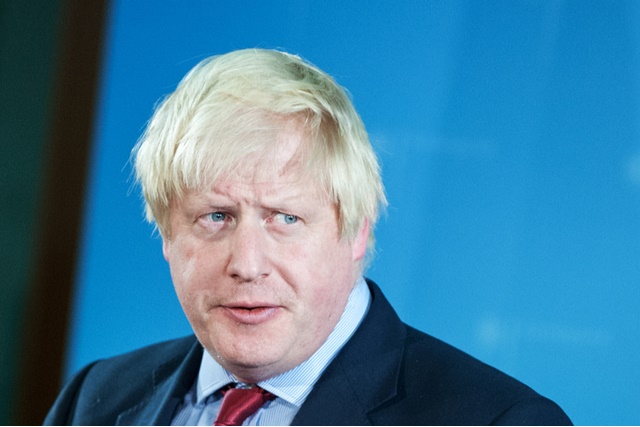Pound to Australian Dollar Exchange Rate Tumbles despite Concerning Australian Data
Despite days of concerning Australian data weighing on the Australian Dollar (AUD), the Pound Sterling to Australian Dollar (GBP/AUD) exchange rate has been unable to hold its best levels in years. Investors are hesitant to keep buying Sterling (GBP) amid UK election uncertainty.
Since opening this week at the level of 1.9124, GBP/AUD has seen considerable broad movement. Earlier in the week, GBP/AUD tumbled and touched on a low of 1.8901, before surging in recovery and touching major highs.
On Thursday evening, GBP/AUD touched on a high of 1.9273 – the best level for the pair since the 2016 Brexit Referendum. GBP/AUD has since slipped though, and trends closer to the level of 1.9177 at the time of writing.
Looking ahead to next week, UK election speculation and speculation over whether or not US-China trade negotiations will fail are likely to continue to dominate Pound to Australian Dollar exchange rate movement.
Pound (GBP) Exchange Rates Fall Back Following Days of Strong Performance
For most of this week, investors have been piling into the Pound amid speculation that next week’s anticipated UK General Election could help resolve the Brexit process.
UK election polls appeared to steady showing the ruling Conservative Party enjoying a solid lead over the opposition Labour Party. As a result, markets began to bet on a comfortable Conservative majority outcome.
These bets also meant that a worst-case no-deal Brexit scenario was perceived as increasingly unlikely. It left the Pound gaining strongly in the middle of the week.
While the Pound fell back from its best levels on Friday, this was due to markets adjusting positions slightly following strong gains.
Some analysts have noted that investors are too optimistic about the chances of a Conservative majority, as a hung Parliament still remains a possibility if the polls shift in the final week. According to Morten Lund, Analyst at Nordea:
‘From a risk-reward perspective most people are too optimistic but if you look at option markets you can see some people positioning for Sterling weakness.’
Australian Dollar (AUD) Exchange Rate Up on US-China Trade Hopes despite Poor Domestic Data
The Australian Dollar has experienced a bearish week for the most part. This is due to fresh concerns that US-China trade negotiations could fail, as well as slews of poor Australian data.
Despite a relatively neutral and optimistic tone from the Reserve Bank of Australia (RBA) earlier in the week, Australia’s latest services, growth, trade and retail stats were highly disappointing this week.
This morning’s Australian construction PMI from AiG rounded off a week of poor Australian data, showing a concerning contraction of 40.
The Australian Dollar found a little stronger support before markets closed for the week though. Investors bought the trade-correlated currency amid fresh signs that US-China trade negotiations were still progressing.
Today’s news that China would exempt some US products from tariffs was seen as an optimistic development, boosting trade sentiment a little after days of jitters.
Pound to Australian Dollar (GBP/AUD) Exchange Rate Outlook to Focus on Election and Trade
There is now less than a week until Britain’s 2019 General Election takes place on Thursday the 12th of December.
Even with a slew of typically influential UK ecostats such as growth and trade results due for publication next week, Pound movement is likely to be dominated by election speculation throughout the week.
Any fresh signs of polls tightening or a hung Parliament becoming more possible are likely to lead to big volatility in the Pound’s movement. Unless polls remain steady, the Pound could see jittery movement ahead of the Thursday election.
Then, if the election results surprise investors, it could lead to a significant Pound movement at the end of the week or the beginning of the following week.
The Australian Dollar may also be volatile over the week, amid lingering hopes that the US and China could reach a ‘phase one’ trade deal before the end of the year.
Any signs that a trade deal could still be reached would keep the trade-correlated Australian Dollar supported.
If upcoming Australian confidence and PMI data beats expectations, this could also help push the Pound to Australian Dollar (GBP/AUD) exchange rate lower.


Comments are closed.